Igreja da Conceição Velha
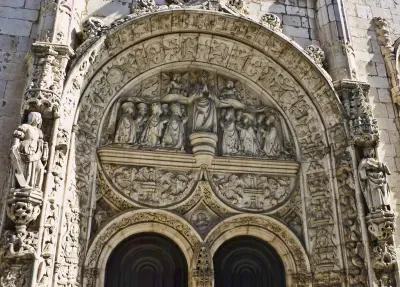
Built around 1500 on the site of an ancient synagogue, and also known as Our Lady of the Conception, this was once the second largest place of worship in Manueline Lisbon. Nowadays this historic church, with an ornate façade reminiscent in style and grandeur of the Jerónimos Monastery in Belém, seems to be sandwiched between two more pedestrian buildings down a largely overlooked street. But therein lies the story of this building.
Lisbon Cathedral
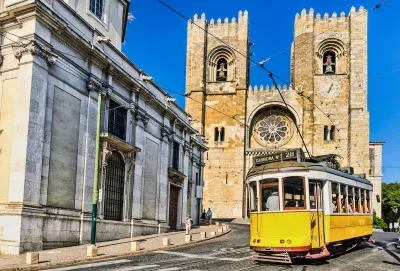
Reputed to be the oldest building in Lisbon, the cathedral (Sé de Lisboa) certainly has the appearance of being built to last. Compared to the frivolous Manueline architecture of the Jeronimos Monastery the Romanesque lines of the cathedral appear quite austere. Along with castellated walls and arrow slits in the towers Lisbon Cathedral, like other Portuguese cathedrals of the period, had the appearance of a fortress as much as a church.
Praça dos Restauradores
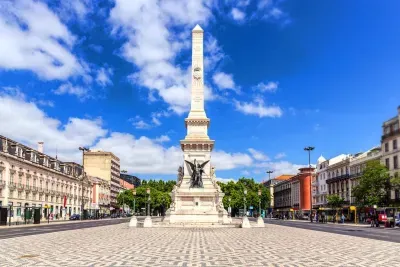
Praça dos Restauradores is a square in the central Baixa region of Lisbon. Around the square are a number of the city's most iconic buildings, including the Italianate pink façade of the Palácio Foz and the Teatro Eden and Condes Cinema buildings, both fine examples of Art Deco architectural style. At the centre of the plaza towers a 30-metre-high white obelisk, built to commemorate Portugal’s fight to regain independence in the 17th century after 60 years of Habsburg rule.
Castle of Sao Jorge
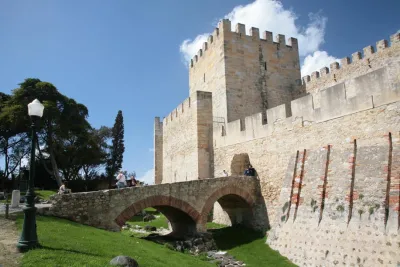
Set in a commanding position overlooking Portugal's capital, the Castelo de São Jorge dates back to Moorish times. The existing citadel is mainly medieval and contains the ruins of the royal palace and gardens
Monumento dos Restauradores Obelisk
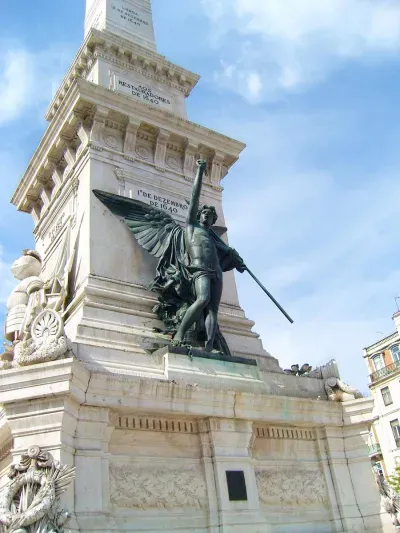
Most tours of Lisbon will pass through the Praca dos Restauradores in the Baixa district. Here, towering over the centre of the plaza is a 30-metre high, white obelisk, built to commemorate those who fought in the 17th century War of Restoration, helping to free the country from six decades of Spanish rule under the Habsburg dynasty and facilitating the transition of power to the House of Braganza which held power in Portugal until the 20th century.